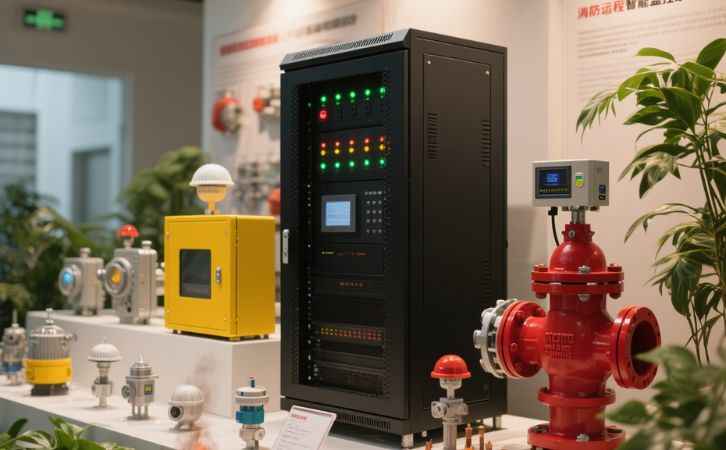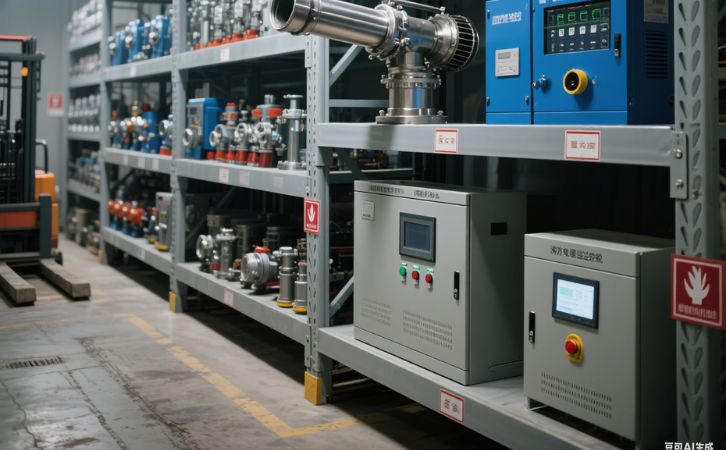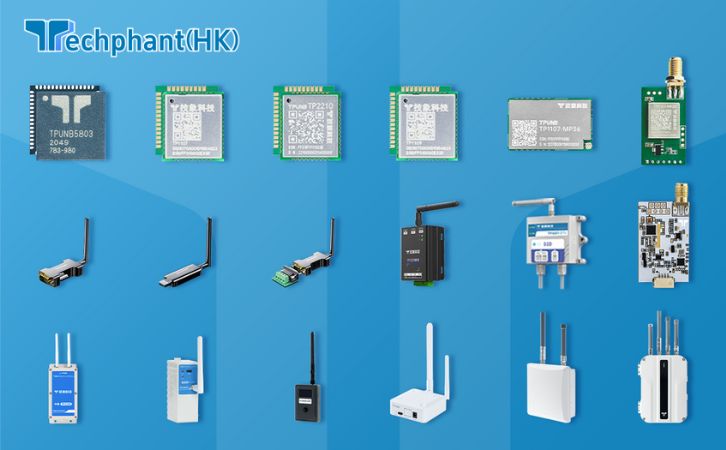An IoT-based fire alarm system is a smart fire detection and notification system that leverages Internet of Things (IoT) technology to monitor, analyze, and respond to fire-related hazards in real time. It integrates sensors (e.g., smoke detectors, temperature sensors, gas sensors), wireless communication modules (Wi-Fi, Zigbee, LoRa), and cloud platforms to enable remote monitoring, early warning, and automated responses.

1. Definition and Core Concept
An IoT-based fire alarm system is an integrated network of smart sensors, controllers, and communication modules that detects fire hazards in real time, triggers automated responses, and relays alerts to stakeholders via the internet. Unlike conventional systems, it leverages cloud computing, machine learning, and wireless connectivity to enable proactive, data-driven fire management. These systems transform passive detection into active prevention by analyzing environmental data (e.g., temperature, smoke, gas levels) and initiating coordinated emergency protocols .
2. Key Components
IoT fire alarm systems comprise four layers:
Perception Layer: Sensors (smoke, temperature, flame, gas) and cameras collect real-time data .
Transmission Layer: Wi-Fi/GSM/Zigbee modules (e.g., ESP8266) send data to cloud platforms .
Support Layer: Cloud servers (e.g., Huawei IoT Platform) store/process data and run AI algorithms .
Application Layer: User interfaces (mobile apps, dashboards) display alerts and enable remote control .
3. Working Principle
Detection: Sensors monitor environmental parameters. Machine learning algorithms cross-verify data to reduce false alarms (e.g., distinguishing steam from smoke) .
Alerting: Upon threshold breach, the system activates:
Local alarms (sirens, strobes).
Remote notifications (SMS, calls, app alerts) to users/fire departments.
Cloud uploads with location/severity data .
Automated Response: Integrates with building systems to:
Activate sprinklers/smoke exhausts.
Shut down HVAC/elevators.
Unlock emergency exits .
Evacuation Support: Generates optimal escape routes via digital displays/mobile apps using real-time fire-spread analytics .
4. Advantages over Traditional Systems
| Feature | Traditional Systems | IoT-Based Systems |
|---|---|---|
| Detection Accuracy | High false alarms (e.g., from dust) | AI reduces false alarms by 90%+ |
| Response Time | Manual alerting (minutes) | Instant alerts via apps (<10 seconds) |
| Automation | Limited to alarms | Full ecosystem control (sprinklers, exits) |
| Data Utilization | No historical analysis | Predictive maintenance + trend analytics |
| Remote Management | None | Real-time monitoring via smartphones |
5. Challenges
Security Risks: Vulnerable to cyberattacks; requires end-to-end encryption .
Environmental Durability: Sensors must withstand extreme heat/humidity .
Cost & Compatibility: Retrofit complexity in older buildings; higher initial investment .
Network Dependency: Requires stable internet; fails in signal-poor areas .
6. Real-World Applications
Smart Buildings: Office complexes use IoT to shut HVAC during fires, limiting smoke spread .
Industrial Sites: Factories deploy gas/heat sensors to trigger suppression systems, minimizing asset damage .
Public Spaces: Shopping malls employ evacuation guidance via digital signage .
Firefighter Safety: IoT helmets track locations and vital signs in fire zones .
Forest Fire Prevention: Sensors monitor weather data to predict fire-prone conditions .
7. Future Trends
Edge Computing: On-device data processing to reduce cloud latency .
5G Integration: Ultra-reliable low-latency communication for critical alerts .
Blockchain Security: Tamper-proof audit trails for compliance .
Conclusion
IoT-based fire alarm systems represent a paradigm shift from reactive alarms to intelligent, interconnected ecosystems. By merging sensor networks, AI analytics, and automated controls, they achieve 98%+ detection accuracy and sub-10-second response times . Despite challenges like cybersecurity and cost, their ability to save lives and property positions them as indispensable in smart cities and industrial safety frameworks. As IoT evolves, these systems will become more autonomous, predictive, and integrated with urban infrastructure.



